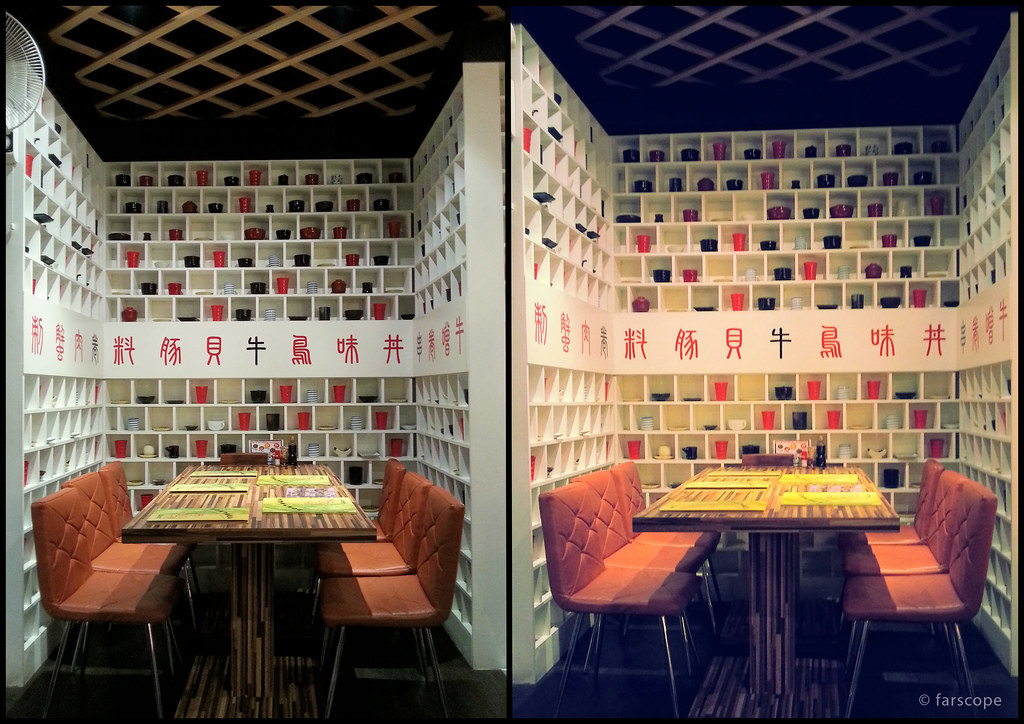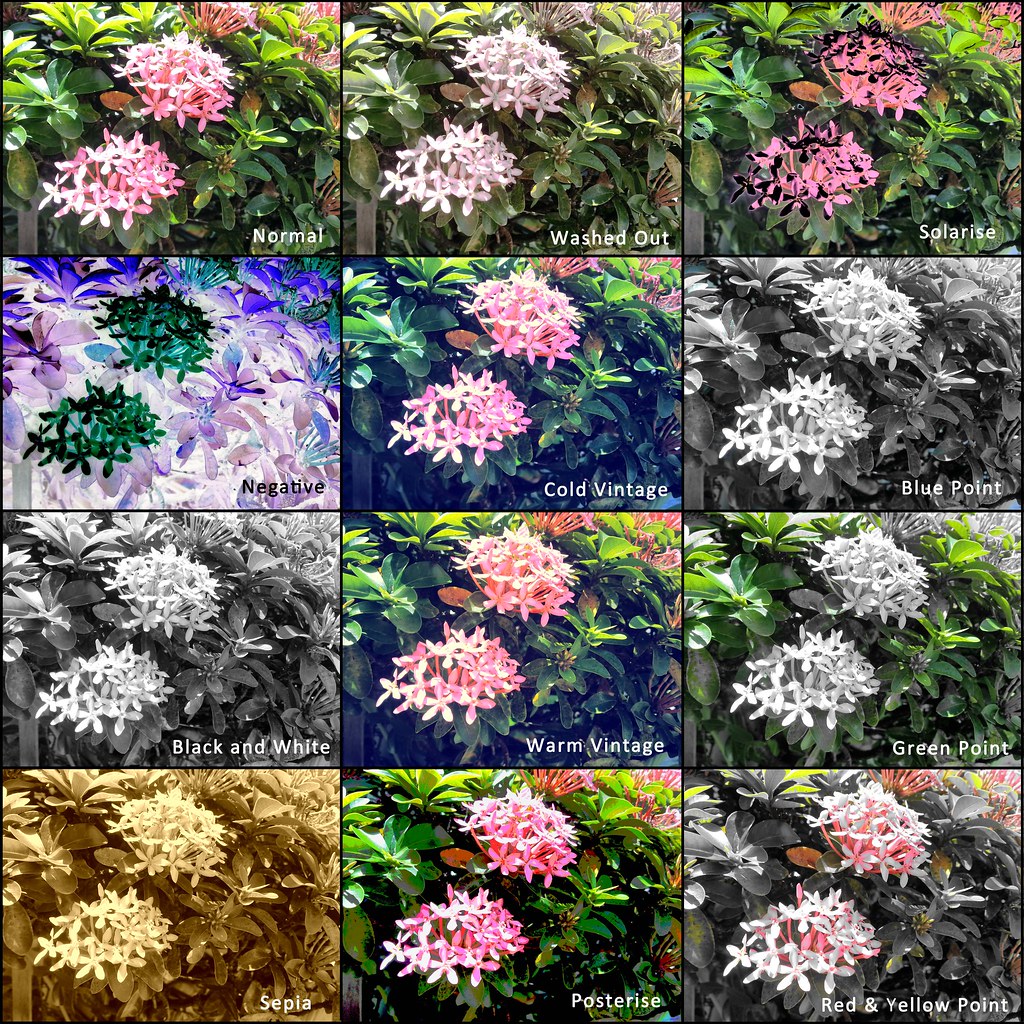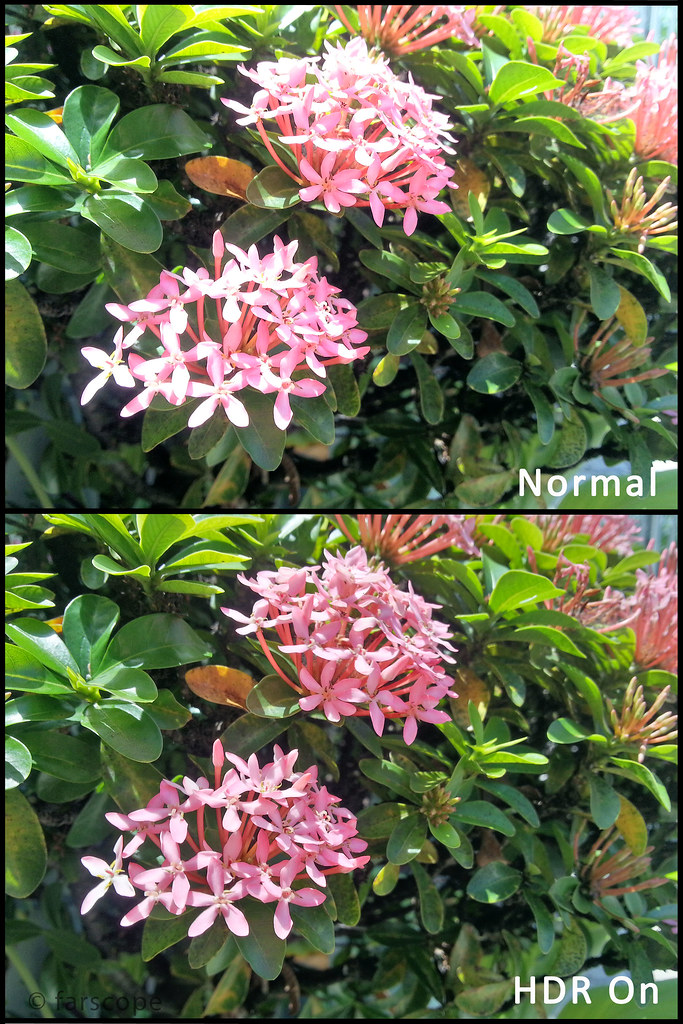Recently Samsung releases another firmware update for the international version of the Galaxy S3 i9300. There are a few major and minor updates available as you can refer to my previous post here.
In this post, I will talk about the camera updates only. As some may have realised, the latest firmware brings a significant update which is the introduction of a feature called "Wand". The "Wand" tool offers 11 different types of built in filters that can be applied prior to taking a picture. This saves up time for further post processing via third part applications.
If you are a fan of Instagram, then applying filters will not be a stranger to you. What makes Instagram so famous is its ability to apply various types of filters on photos to make them some how more appealing and interesting. This "Wand" feature is also a respond to HTC One X Image Sense where it also has built in filters that can be applied prior to taking pictures.
Applying filters on photos is a thing that either you love it, or you hate it. Social network active users may welcome this feature to fulfill their needs in uploading pictures across social medias. While photography enthusiast may find it as a gimmicky as it is a tool to beautify bad photographs.
What filters actually do? Filters to photos are like make ups to woman. Phone cameras cannot achieve superior image quality produced by better cameras, often made their photos turned out to be less interesting, especially with bad lighting and bad cameras. So what filters can do is to reduce the flaws of the photos like bad colour reproduction and noise, apply some heavy toning or heavy editing to make the photos more dynamic and interesting. In order words, it makes bad photos look great.
Having said so, filters also adds mood to the photos itself. A normal picture taken under normal condition may end up in a boring photos. For example like when you taking pictures of urban decays or old objects that you are trying to put in age into the picture, a normal auto settings will just make everything looks, normal. Applying filters like warm vintage, will give you a kind of feel of aging photos or cold vintage will give you a feel of using a polaroid camera. All these filters adds interests into the daily pictures we took, making every photo LOOKS great. That is why filter applying software is very popular among users especially females.
LFB/LG1 Firmware Camera Update
What's New?
- New "Wand" feature with 11 filter effects
- Replaced the icon of voice command of a speaking human head to a microphone icon
- Updated the camera firmware version to GDFF02
Icon changed
What's Gone?
- The Face Detection focus mode is removed, only available via Shooting Mode
Wand Feature (Effects)
11 filters were included into this current update:
- Negative
- Black and White
- Sepia
- Washed Out
- Cold Vintage
- Warm Vintage
- Posterise
- Solarise
- Blue Point
- Green Point
- Red-Yellow Point
However, this effects don't work with the front facing camera. Only the default effects like Negative, B&W and Sepia is working. All the effects are available for video recording thou.

















